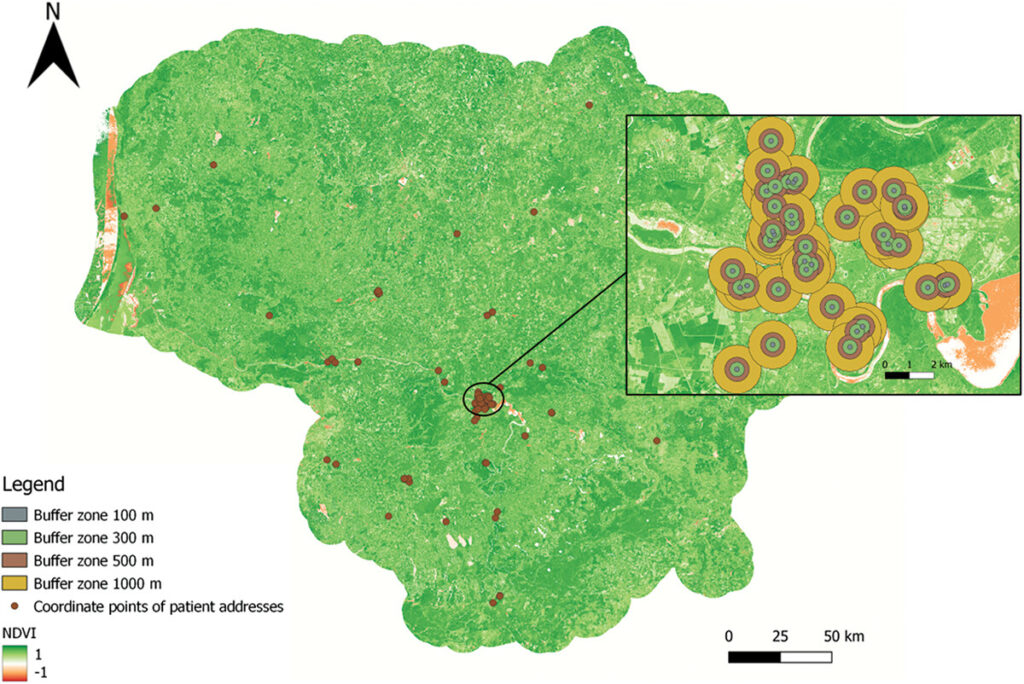City Know-hows

Target audience
Practitioners in urban planning, regeneration, housing, transport, environmental health and public health. professionals and elected city officials
The problem
Many city departments have the potential to affect health, although this is not often their primary function. Housing, regeneration and planning departments, for example, make decisions and policies which impact a wide range of health-related issues such as air quality, indoor thermal comfort and access to local services. The BRE* Healthy Cities Index and BRE* Causal Pathways Framework help cities understand how the local environment impacts health.
The BRE Healthy Cities Index and associated BRE Causal Pathways Framework have multiple benefits. They help local professionals become aware of the links between the environment and health – highlighting where there are overlapping responsibilities and the need for collaboration across departments. These tools can also be of value through exposing the conflicting priorities faced by some city departments (and private sector stakeholders) when they work to meet health objectives alongside other goals.
*Note: The BRE is the Building Research Establishment, a multi-disciplinary building science centre which seeks to improve the built environment through research and knowledge generation.
What we did and why
The World Health Organization’s Healthy Cities movement has long used urban health indicators to understand local environmental exposures, although these were not published and compared internationally. Many city indices have been published that compare quality of life, sustainability and liveability at an international level. These indices have been used to raise awareness, shape debate and foster a healthy competition to improve cities globally. However, there have been relatively few studies which investigate how these indices support local practitioners.
The BRE Healthy Cities Index is focused specifically on urban environment exposures that can be influenced by built environment policy and decision-makers. We piloted the Index and the associated BRE Causal Pathways Framework in London and Dubai to understand how these tools can benefit city government.
Our study’s contribution
We describe the methods used to develop these tools, including the difficult compromises when selecting appropriate data and indicators, and the challenge of aggregating and presenting these metrics. We also report feedback from an expert workshop which informed our approach.
Impacts for city policy and practice
This research describes how the BRE Healthy Cities Index and BRE Causal Pathways Framework can be used in cities to support cross-departmental efforts to integrate health into environmental policies and decisions. When piloting the Index with city staff and private sector stakeholders in Dubai, workshop participants said that its greatest contribution is to: engage city leaders, promote innovation, raise awareness, set priorities or inform strategies within cities, and demonstrate the multiple departments and organisations which are required to act. In London stakeholders found the approach provided a simple overview of complex urban health issues to kick-start discussions about policy interventions and monitoring mechanisms.
Further information
Full research article:
Promoting a healthy cities agenda through indicators: development of a global urban environment and health index by Helen Pineo, Nici Zimmermann, Ellie Cosgrave, Rob Aldridge, Michele Acuto, Harry Rutter.
Related posts

Reducing loneliness through nature-based social prescribing: Testing innovations in six cities worldwide and generating evidence to support community-based solutions.

Our cross-sectional study of 272 neighbourhoods of thirteen cities shows that diverse physical and social attributes of neighbourhoods influence mental well-being of the citizens in the Asia and Africa.

Urban greenness affects people’s physical and mental health. Residential greenness is associated with reductions in cortisol levels after six months in patients with chronic heart failure undergoing rehabilitation.